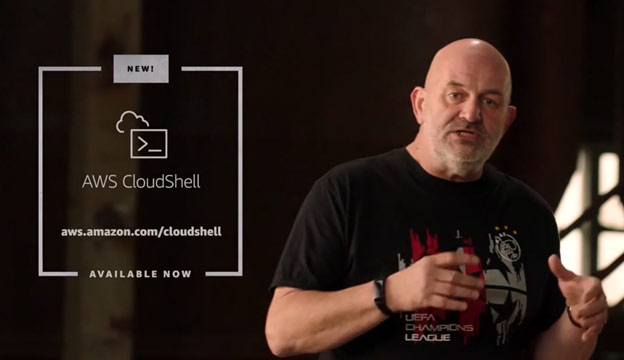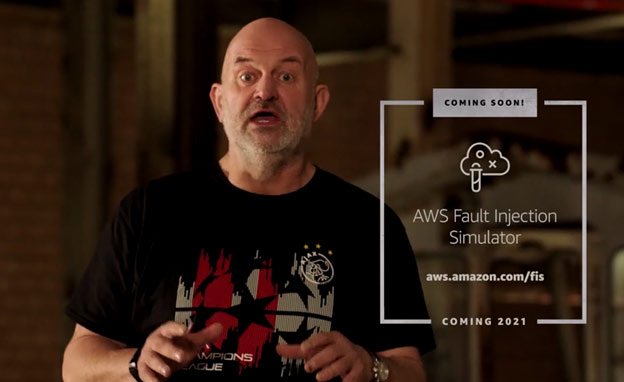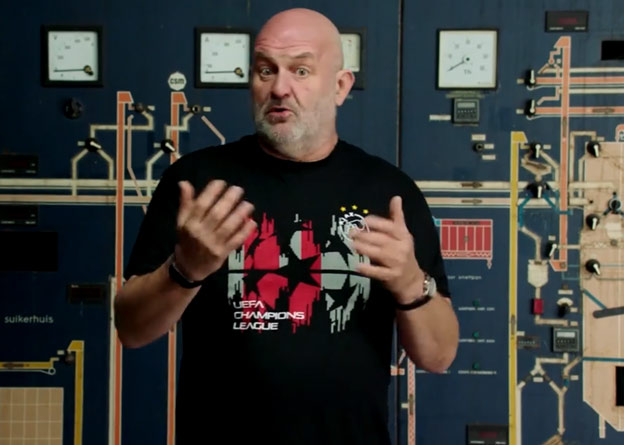The last week of the AWS re:Invent 2020 marathon/conference introduced a lot of changes to the current way of working in the AWS cloud. The news announced during the third week can be divided into those presented before and during Warner Vogel’s Keynote, CTO of Amazon Web Services.
AWS RE:Invent 2020 – week 3 summary
You can read about everything shown in the previous weeks of the conference in our previous posts:
IoT Greengrass
The Internet of Things, secondly only to AI/ML is one of the most actively developing technological areas in recent years. Ensuring reliable communication between devices has always been a challenge, and when coupled with the cloud, things usually become even more complicated. That is why Edge Computing, i.e. data processing directly on the end device, is being developed so vigorously.
During the conference, the second generation of Greengrass IoT was announced. The main change is that the solution was made available based on the Apache 2.0 license on Github. This has changed the previous closed form to modular, where the natural action is to create your own modules for Greengrass.
IoT solutions are not the easiest to test, which is why AWS IoT EduKit sets were created, which have the sole job of simplifying hardware requirements and extending with popular frameworks such as FreeRTOS, Ardurino, MicroPython.
AWS management – several improvements
In the top position, I would place the long-awaited system for detecting cost anomalies which is already available in GA – AWS Cost Anomaly Detection. This is a free service, so there is no need to delay with its activation!
In second place is the AWS Systems Manager Application Manager, which allows developers and administrators to “discover” their applications, view operational data and perform actions from one place. In turn, AWS Systems Manager Change Manager simplifies the way in which you can request, approve, deploy and report changes in application configuration both in the AWS infrastructure and in our on-premises data centre.
To simplify user management, the long-awaited integration of AWS Single Sign-On (SSO) with Active Directory has also been added, which replaces the complicated method of synchronization based on SAML.
News from the sugar factory from Amazon’s CTO – Werner Vogels
Further novelties were announced not from a virtual studio, but from an old sugar factory located in the native Netherlands, Amazon CTO Werner Vogels.

AWS CloudShell came first. It is a tool that allows you to access the shell from your browser. Of course, with all the benefits (permissions) that come with IAM by logging into the account.

This is probably the only service that AWS did not have, despite the fact that it is offered by competitors in Azure or GCP. In the cloud, AWS remains free and gives us the opportunity to take security to the next level without saving access keys from the cloud locally to a computer.
Another solution is a tool that uses possible error simulations to build more resilient infrastructure. So far, every manager that is aware of the risks and threats associated with the platform has introduced Chaos Engineering. A process most people will know from its implementation by Netflix back in 2011. During KeyNote, Werner announced a solution that addresses this AWS Fault Injection Simulator challenge.

Another interesting thing of note was the announcement of a monitoring platform for the container environment of a well-known monitoring platform called Prometheus. Which is actively supported by Cloud Native Computer Foundation. The Prometheus data model allows existing instrumentation, and query language to monitor performance with improved scalability, availability, and security without having to manage the underlying infrastructure.
The service is fully compatible and provides the ability to use Prometheus Query Language (PromQL) to monitor the performance of containerized workloads on AWS as well as on-premises.

The last new service announced by the AWS CTO was Amazon Managed Service for Grafana, i.e. fully managed and secure data visualization. It allows you to instantly query, correlate, and visualize operational indicators, logs, and application logs from multiple data sources.
Developed in collaboration with Grafana Labs, Amazon Managed Service for Grafana manages the provisioning, configuration, and scaling of Grafana servers, eliminating the need for administrators to do it themselves. In addition, built-in security features to ensure compliance with your organization’s requirements provide:
- integration with AWS Single Sign-On,
- control of access to data,
- integration with AWS CloudTrail.

Summary
The above novelties offer even greater support for administrators who want to develop the application without having to deal with its individual components. Over the last three weeks, there have been more than 20 new services and nearly the same number of solutions that are already available in preview. At Welastic, we have already started testing them and we intend to test them all in the near future. We will certainly share our insights.
Stay tuned!